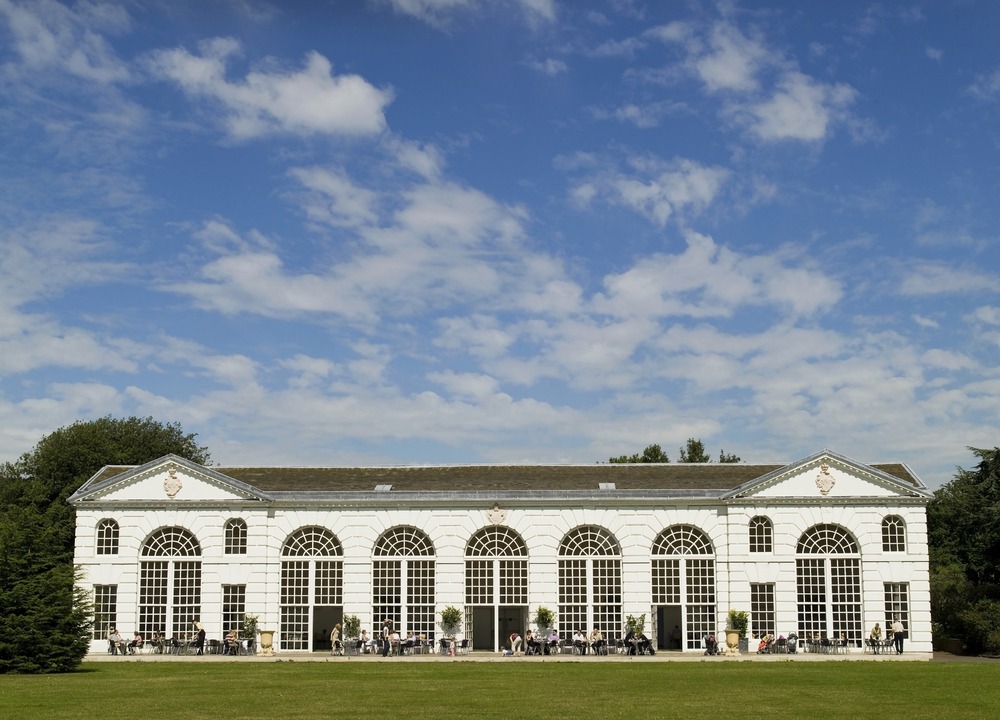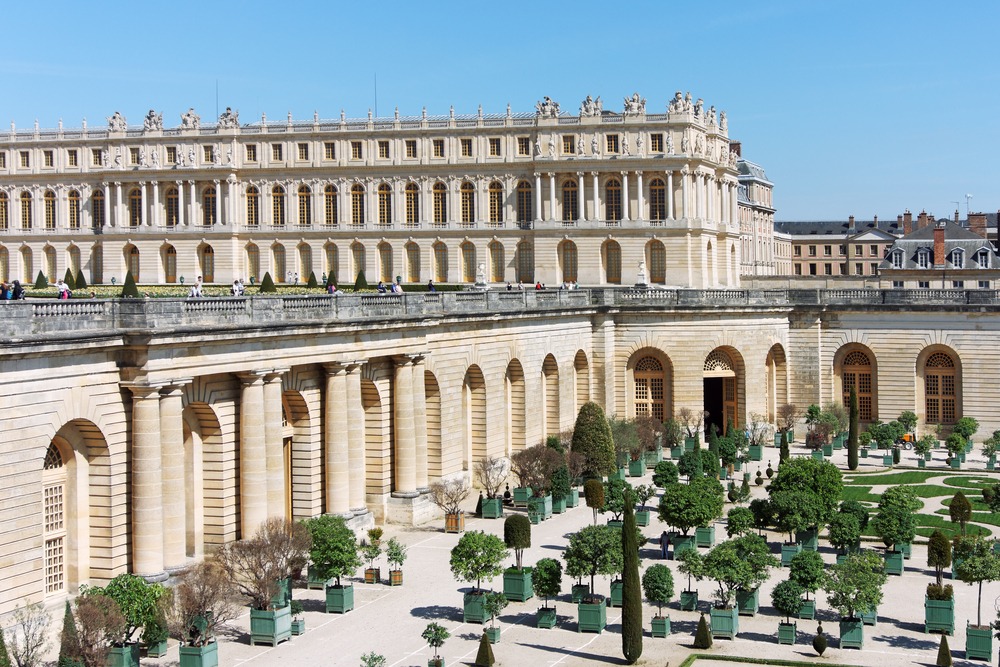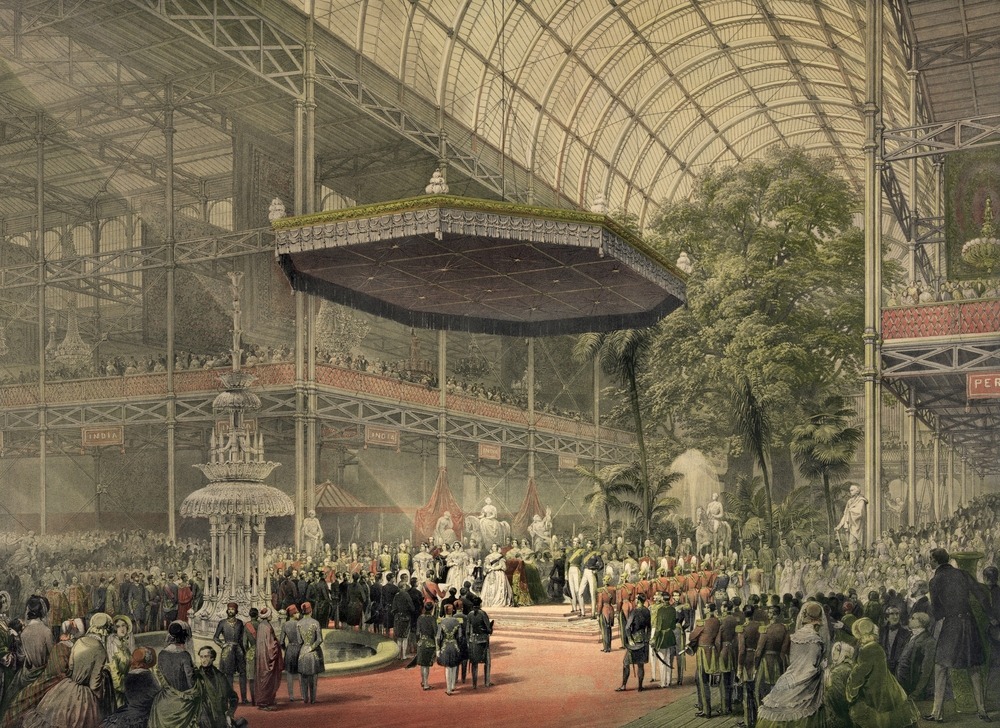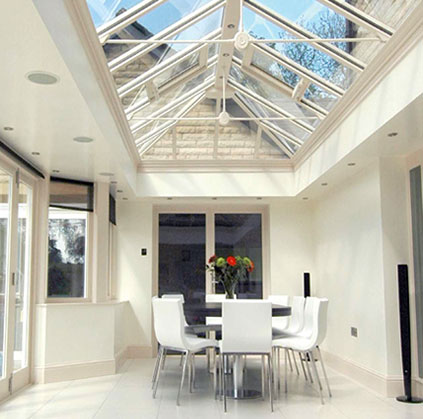Orangeries and Conservatories – A History
Ever wondered exactly what the difference is between an orangery and a conservatory? It can be tough to get your head around – in fact, it’s one of the most common queries we get asked at Window Wise.
So just to enlighten you let’s take you back to the start, with a tour through time to show why and how these glass buildings came to be so popular!
The History of Orangeries and Conservatories
The orangeries of old differed greatly from those you would find today in a normal residential home.
With the arrival of oranges and other citrus fruits into Europe in the 1600s, the wealthy and well-to-do would have orangeries built to help stimulate the growth of these exotic foods. As such, having an orangery was initially something of a status symbol and an indication of great wealth.
They became a frequent addition at stately homes and other such residences from the 17th to the 19th centuries, and were very impressive buildings. An example from our own shores is the orangery at Kew Gardens – completed in 1761 by architect William Chambers under the instruction of Princess Augusta, mother of future King George III.
Unfortunately, due to low levels of natural light, it proved ineffective for growing citrus fruits, and was instead used to house plants too large for the other buildings at Kew Gardens.

Orangeries were particularly popular in continental Europe due to the strong trading routes, with many examples of large orangeries still evident throughout Germany, the Netherlands, and France.
Once the healthy attributes and benefits of eating citrus fruits were made apparent, orangeries were soon erected in a number of royal palaces in these countries. A impressive example of this is the orangery and gardens at the Palace of Versailles in France.

These older orangeries would traditionally be built with large, long windows on the south-facing side, to take in as much much natural light as possible. The north side would be predominantly walled to protect the plants within from the cold European winter. These walls would be made with bricks, with straw being frequently used to help insulate the rooms further.
This is one of the key differences between orangeries and conservatories – while an orangery is a fully enclosed structure built for purpose, conservatories have one side from a wall already there. For example – some early versions of conservatories were built using the walls enclosing a garden.
Conservatories became very popular in Britain in the Victorian era – the improvement in glass production meant that longer panes of glass could be produced thanks to the cast plate method, with the metal frames used to support them made lighter as well.
A prime example of these methods was the construction of the Crystal Palace, built in Hyde Park in 1851. The structure – created to house the Great Exhibition of that year – had the largest area of glass ever used in a building. In all over 900,000 square feet of glass was used in its construction.

This huge feat of engineering inspired many – and saw an explosion in the number of conservatories nationwide as entrepreneurial builders brought them into the homes of the average family.
Conservatories remained popular up until the Second World War, where limits on glass production slowed their creation.
Orangeries and Conservatories today
Nowadays both orangeries and conservatories remain a welcome addition to many contemporary homes, and can be tailored to fit many tastes, styles and budgets.
Orangeries are now used not as a place for cultivating fruit, but rather as an elegant, multi-purpose area within your home. The living room feel they have also opens up the possibility of more styling and furnishing options, and allows you to enjoy the light from a conservatory with the feel of an extension.
If you want to take inspiration from the stately homes of centuries ago, Window Wise can offer everything you need to add the perfect orangery to your home. Visit our Orangery page to find out more.

If you want a more cost-effective solution, however, perhaps a conservatory is right for you. We specialise in coordinating all aspects of your project from start to finish, including initial design and planning advice, basework, construction, plumbing, electrical and heating requirements.
All our orangery and conservatory quotes are totally free of charge – so book an appointment with Window Wise today!